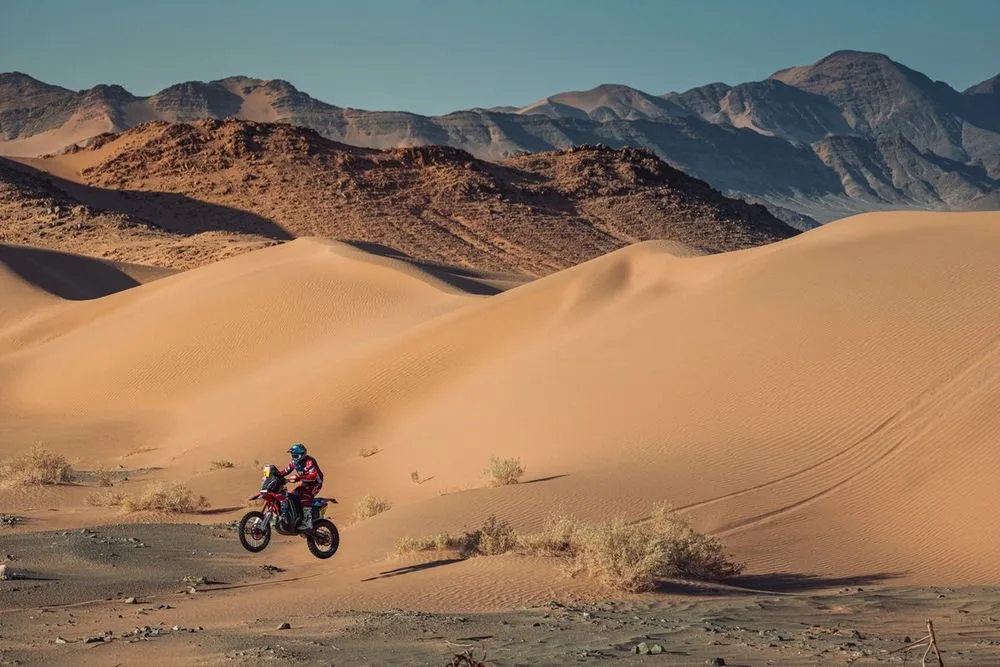In a presentation on Saturday, it was announced that the 2025 Dakar Rally will kick off on 3 January from Bisha and conclude on the 17th of the same month in Shubaytah, two places that are already familiar to existing competitors.
Rally director David Castera has engineered an event that seeks balance in order to maintain the excitement until the end, but with some key hurdles such as the now-famous 48-Hour Stage that was introduced last year, the marathon special, a mass start on one day and a passage through the gruelling Empty Quarter sand desert towards the end.
But perhaps the most striking change is the difference in the routes between cars/trucks and bikes on certain days, which meant the ASO had to lay out more courses than usual.
Added to that would be a Power Stage of sorts, much like the World Rally Championship does on Sundays at each event. It is an idea that is expected to make its way to the rest of the World Rally-Raid Championship by 2026 in an attempt to bring rallies closer to the public.
What’s new for the 2025 Dakar Rally
Motorsport.com Spain sat down for a chat with Castera in which he explained what’s new for the Dakar Rally.
Although he insisted he wanted to keep the trip through Empty Quarter in the same form, he felt something had to be done to keep the competitors in optimum condition.
“This year we have done different routes for cars, trucks and bikes. So we have the 48-hour stage, which is [run over] two days, so I’m working on four more totally different special stages for the categories, and there are three consequences,” he explained.
“The first thing is that the ones behind, the amateurs, [they] would finish very late at night, because in Saudi Arabia it gets dark very early. If they all start together, because they will all start the same for 300 metres and [then] they will separate their paths, they will come together to refuel and they will come back again for the finish,” he said.
“That way, hardly anyone will go [out] at night. Unless they are very slow or in trouble, they are going to finish the race the same day, and for me it’s another way of racing which is important.
“The second consequence is that the car guys are going to have to navigate a lot more [without the trail left by bikes], the co-drivers are going to have a lot of work to do.
“And the third is safety, especially for the bikes, which won’t mix with the cars and they won’t have the dust, they won’t overtake each…
Click Here to Read the Full Original Article at Motorsport.com – RALLY – Stories…

